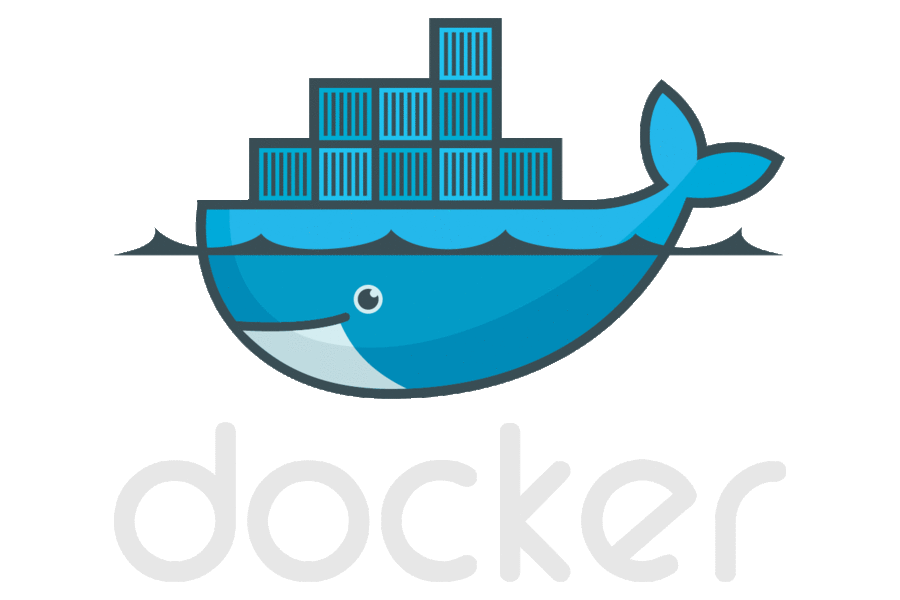Gisgraphy installation guide
The Gisgraphy installation procedure is simple but needs Java, PostgreS and PostGIS to be already installed on your system.
If you are familiar with their installation, you can skip the 'Environment setup' and skip directly to reading the 'Gisgraphy installation' section.
1 - System requirements
To install Gisgraphy you need a server with:
- 750 Gb of free disk space if you import all the countries
- Internet access to download data files (you can skip it)
- Java 1.5 or greater (Oracle JVM is strongly recommended)
- PostgreSQL with Postgis extension (It is HIGHLY recommended to have PostGIS 1.3.1 or greater, for good performance... more ).
- Between 512M and 16 GB of RAM memory. The amount of memory needed depends of the amount of data - if you have imported all countries, you will needs 16GB
- A servlet container if you want to use it as a Servlet (not programmatically). Actually, Gisgraphy has been tested on Tomcat and Jetty but any servlet container should be OK
We strongly recommend that you install Gisgraphy (that uses SolR) on Linux or Unix. Due to a JVM bug and other reasons, Windows users will get less performance.
2 - For people in a hurry
2.a - With Docker
For those who want to go fast and get ready in 2 minuts (for the other go to the next section), get a Docker image of Gisgraphy (this step has to be done only once) :
git clone https://github.com/gisgraphy/gisgraphy-docker.git && cd gisgraphy-docker && ./install-docker.sh && cd base && ./get_from_dockerhub.sh
...and run a container (do this step each time you want to run a container)
./run.sh
2.b - Without Docker
For those who don't want to use Docker : install Gisgraphy with the installation script. This step has to be done only once. (replace the words in uppercase according your configuration) :
git clone https://github.com/gisgraphy/gisgraphy-docker.git && cd gisgraphy-docker && cd base && ./install-wo-docker.sh YOUR_POSTGRESQL_PASSWORD
...and launch Gisgraphy (do this step each time you want to launch Gisgraphy)
cd /usr/local/gisgraphy/ && ./launch.sh
Then go to http://localhost/.
3 - Step by Step
3a - Environment setup
First, You have to download the latest version of Gisgraphy on the download server. Once done, choose the right procedure for your operating system :
 Install Gisgraphy in a Docker container : Download an official Gisgraphy image from Dockerhub or create yours, and run them in a Docker container.
Install Gisgraphy in a Docker container : Download an official Gisgraphy image from Dockerhub or create yours, and run them in a Docker container.
 Linux / Unix system. You have several choices : run the installation script (Debian / Ubuntu only) that will do the job, or follow a step-by-step guide to help you set up Java, PostgreS and PostGIS on Linux.
Linux / Unix system. You have several choices : run the installation script (Debian / Ubuntu only) that will do the job, or follow a step-by-step guide to help you set up Java, PostgreS and PostGIS on Linux.
 Windows system environment setup : a step-by-step guide to help you set up Java, PostgreS and PostGIS on windows.
Windows system environment setup : a step-by-step guide to help you set up Java, PostgreS and PostGIS on windows.
 Mac system environment setup : a step-by-step guide to help you set up PostgreS and PostGIS on Mac.
Mac system environment setup : a step-by-step guide to help you set up PostgreS and PostGIS on Mac.
3b - Gisgraphy installation
 Gisgraphy installation guide. Once PostgreS, PostGIS and Java are installed, Gisgraphy takes 5 minutes to get installed. You just need to run some sql scripts.
Gisgraphy installation guide. Once PostgreS, PostGIS and Java are installed, Gisgraphy takes 5 minutes to get installed. You just need to run some sql scripts.
4 - Run Gisgraphy
Some scripts are provided to manage Gisgraphy, most of them are for Unix / Linux :
- launch : run gisgraphy and output logs to the console.
- start : starts Gisgraphy.
- stop : Shutdown gisgraphy (clean way).
- force-stop : kill gisgraphy (doesn't check the status).
- status : tell whether gisgraphy is started or not.
- logs : output logs file to the console.
- respawn : check gisgraphy status and re-launch it if it has gone.
- watch : run the respawner.
- unwatch : stop the respawner.
- startupscript : script to run gisgraphy as a daemon.
- setGisgrapgyAsService : intall the startup script (unix only).
5 - Configure Gisgraphy
You can also configure Gisgraphy (advanced). In general, you don't need to change configuration.
